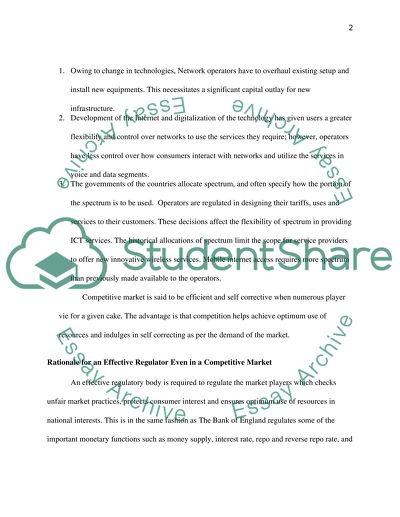Cite this document
(“Regulatory Theory Essay Example | Topics and Well Written Essays - 1750 words”, n.d.)
Retrieved from https://studentshare.org/information-technology/1410773-essay-on-regulatory-theory
Retrieved from https://studentshare.org/information-technology/1410773-essay-on-regulatory-theory
(Regulatory Theory Essay Example | Topics and Well Written Essays - 1750 Words)
https://studentshare.org/information-technology/1410773-essay-on-regulatory-theory.
https://studentshare.org/information-technology/1410773-essay-on-regulatory-theory.
“Regulatory Theory Essay Example | Topics and Well Written Essays - 1750 Words”, n.d. https://studentshare.org/information-technology/1410773-essay-on-regulatory-theory.


